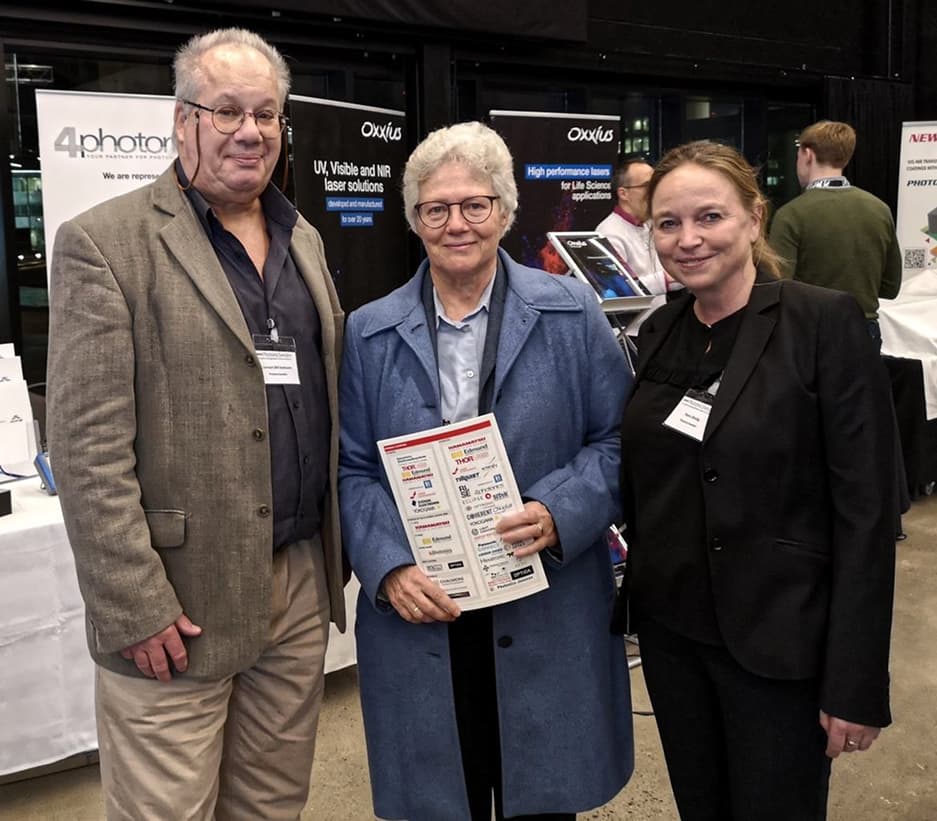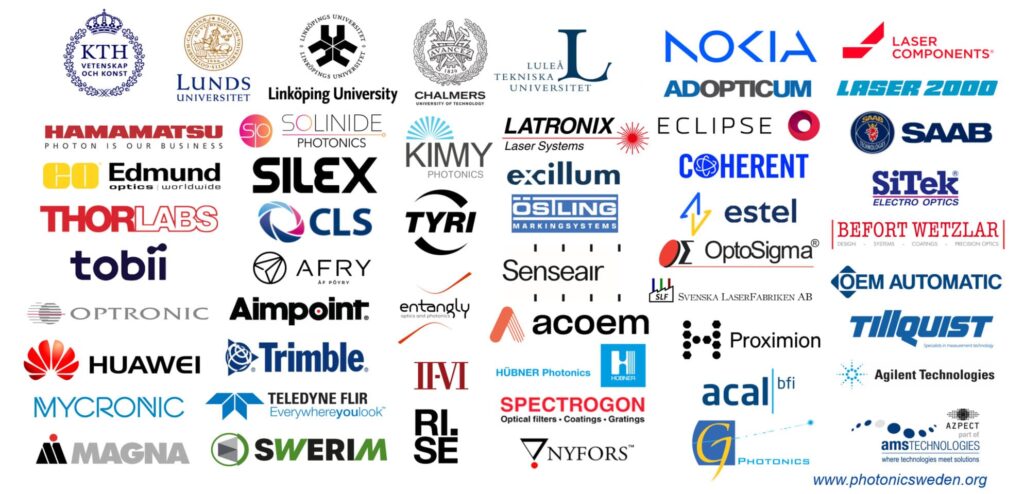Mapping photonics & the optical science in Sweden
Photonics i.e. the science and technology of light – is recognized globally as a Key Enabling Technology (KET) and a critical DeepTech field. Every message you send, every video you stream, and every search you make relies on photons. Fiber cables cross oceans, radio waves connect your phone to antennas, and optical systems keep the internet running. Society is built on photonics – without it, communication would stop. Photonics also drives innovation in areas like quantum technology, 5G/6G, energy efficiency, and advanced manufacturing. In Sweden, photonics is often hidden inside larger systems but is essential for breakthroughs across industries.
Academic excellence and research leadership
Sweden’s universities and research institutes (including RISE AB and SWERIM AB) have strong expertise in photonics. A recent milestone was reached in 2023 when Professor Anne L’Huillier of Lund University received the Nobel Prize in Physics for her pioneering work on attosecond pulses of light. Swedish researchers in photonics have been connected to more than 20 Nobel Prizes in the past 25 years, underscoring leadership in ultrafast optics and beyond.

Sweden’s industrial strengths: A hidden economic impact
Photonics may not always be visible in end products, but its impact is large. Sweden hosts 200+ companies, employing over 8,000 professionals, with a turnover of €2–3 billion annually. This includes a strong supplier network that provides vital photonics components, measurement systems, and optical materials to both research institutions and industry. Key examples include:
- Hamamatsu – A global supplier of advanced photonic components and imaging sensors used in science and industry.
- Thorlabs – Provides research and industrial equipment for optical and photonics applications, with a strong presence across Europe.
- Edmund Optics – Specializes in optical components and imaging solutions serving R&D and manufacturing.
- Tillquist – Supplies photonics and measurement technology to Nordic industries and research organizations.
- Proximion – Develops fiber-optic components and monitoring systems, with production based in Sweden.
These suppliers form an essential link between Sweden’s photonics research and industrial innovation, ensuring local access to world-class components and equipment.
A national platform to advocate for photonics in Sweden
PhotonicSweden (PS) was established in 2011 as Sweden’s national platform for photonics and optical technologies. A non-profit economic association, PS integrates stakeholders across industry, academia, and the public sector. Its mission is to increase members’ business opportunities, support funding access – including connection to EU, and advocate for photonics in Sweden and internationally. Dr Lennart B.M. Svensson, co-founder of PhotonicsSweden highlights the importance of small players in the ecosystem:
“The jobs are created in the large companies, but the small create the technology – we must cherish them in order to gain momentum and visibility.”
Examples include Eclipse Optics (consultancy) and Entangly (system builder), which help large firms adopt new technologies. PhotonicSweden also partners with Semicon Sweden, aligning efforts with the European Chips Act. PhotonicSweden activities include:
- Optics & Photonics Conference (OPS) – annual flagship event October 21-23 at KTH Elektrum Kista – learn more and register
- Nordic Photonics Forum (NPF) – fostering Nordic-Baltic collaboration. This time a workshop is arranged named Photonics & Electronics 4 Defense on 21 October 2025
- Optopubs – informal seminars and networking
- International collaboration – ties with Photonics21 and EU initiatives such as PhotonHub Europe

Looking ahead: inspiring the next generation to a growth sector
Attracting talent is essential. The Carla project is an example of a program to attract more and diverse talent to photonics through free workshops with companies and universities. In one edition, 138 students engaged with 13 companies and five universities. Companies such as Scania, Ericsson and Mycronic joined, and both students and industry valued the early connections.
However, more outreach is needed. As Svensson points out, technical sectors often struggle to communicate with non-specialists. Companies like Volvo and Scania, which offer factory tours and demonstrations, show how industry can make opportunities visible to students and the public. Photonics, and deeptech more broadly, would benefit from similar efforts.
The sector itself is projected to grow rapidly – emerging areas include photonics in medicine (imaging, laser surgery, wearable devices), silicon-photonics integration, and quantum-photonic systems. Looking further ahead, opportunities exist in new materials, RF-photonics, and even neuromorphic photonic computing (sources: Photonics21, EU research roadmaps).